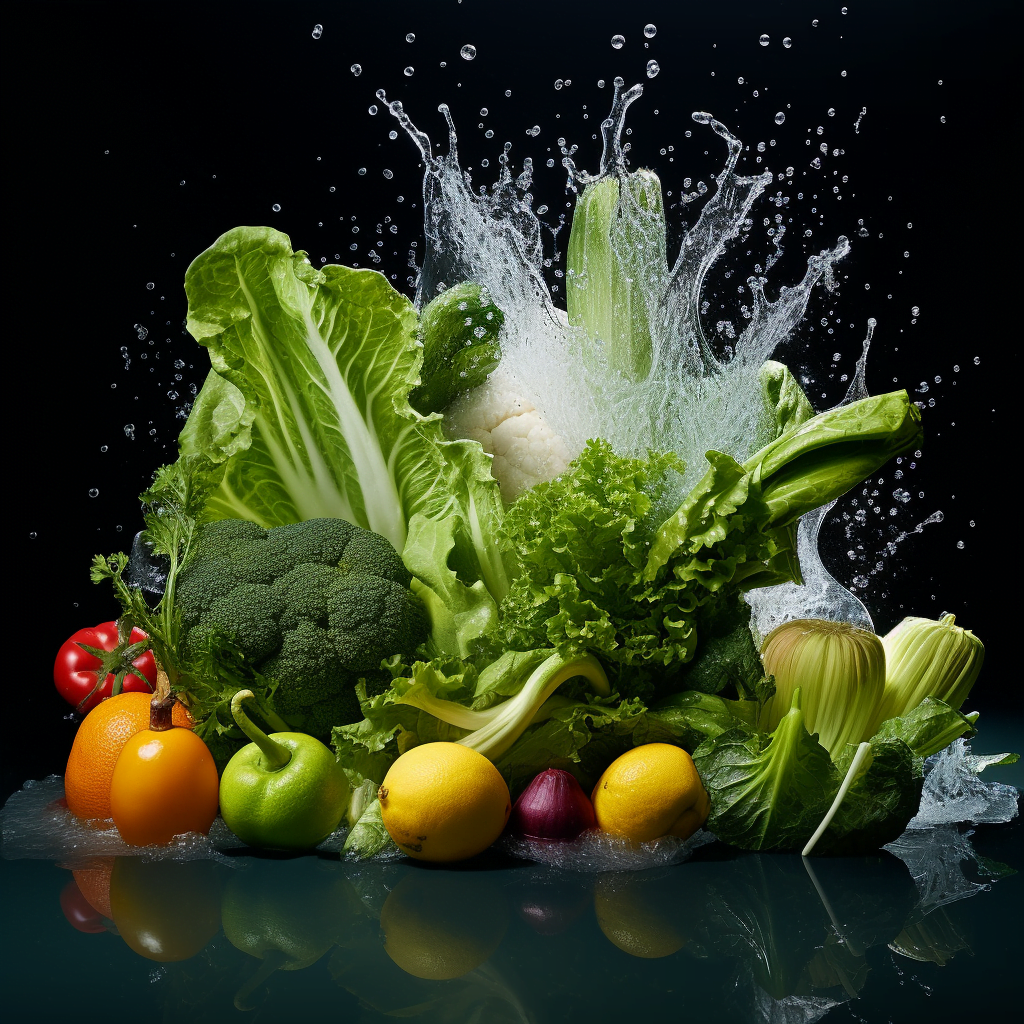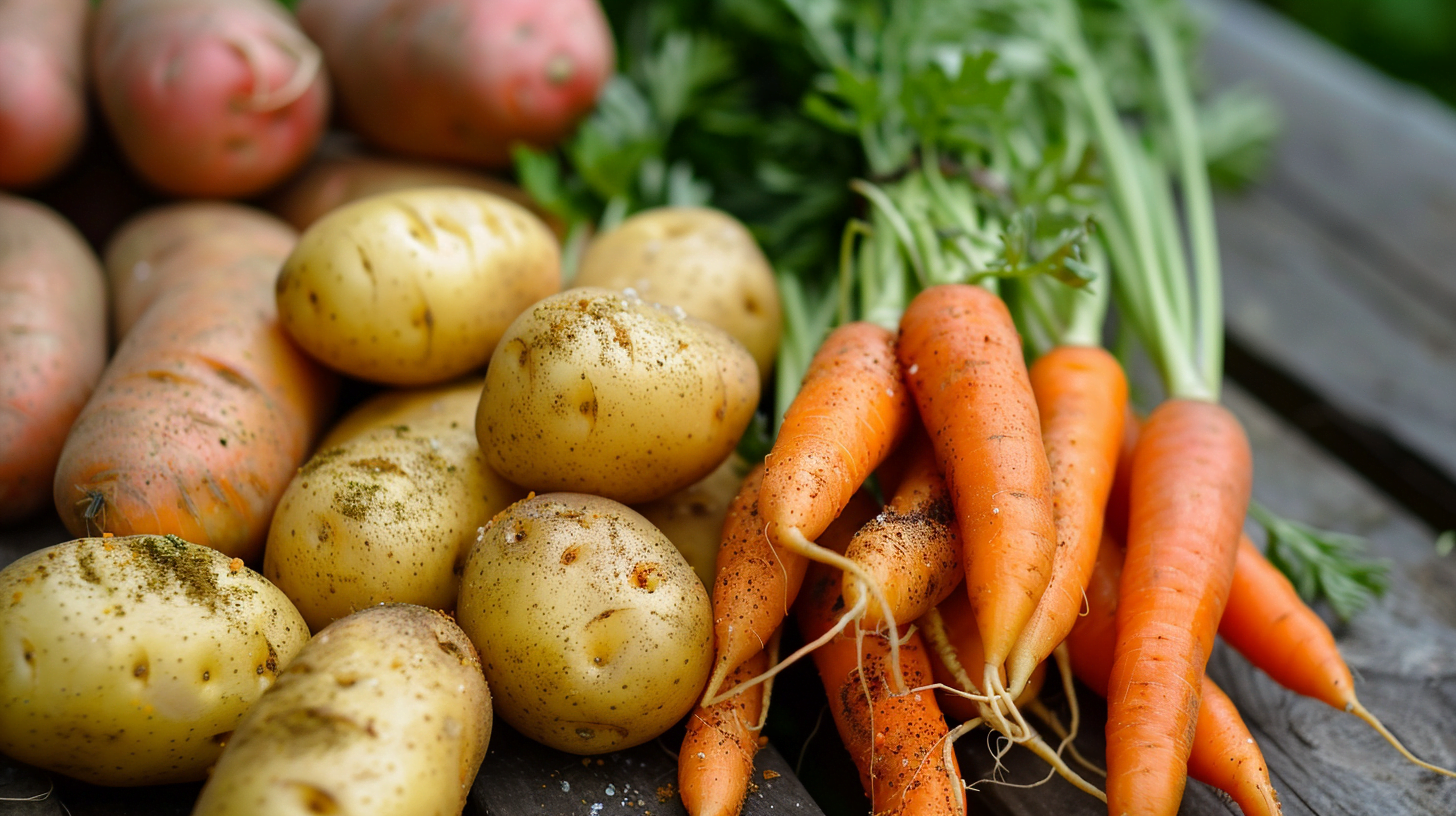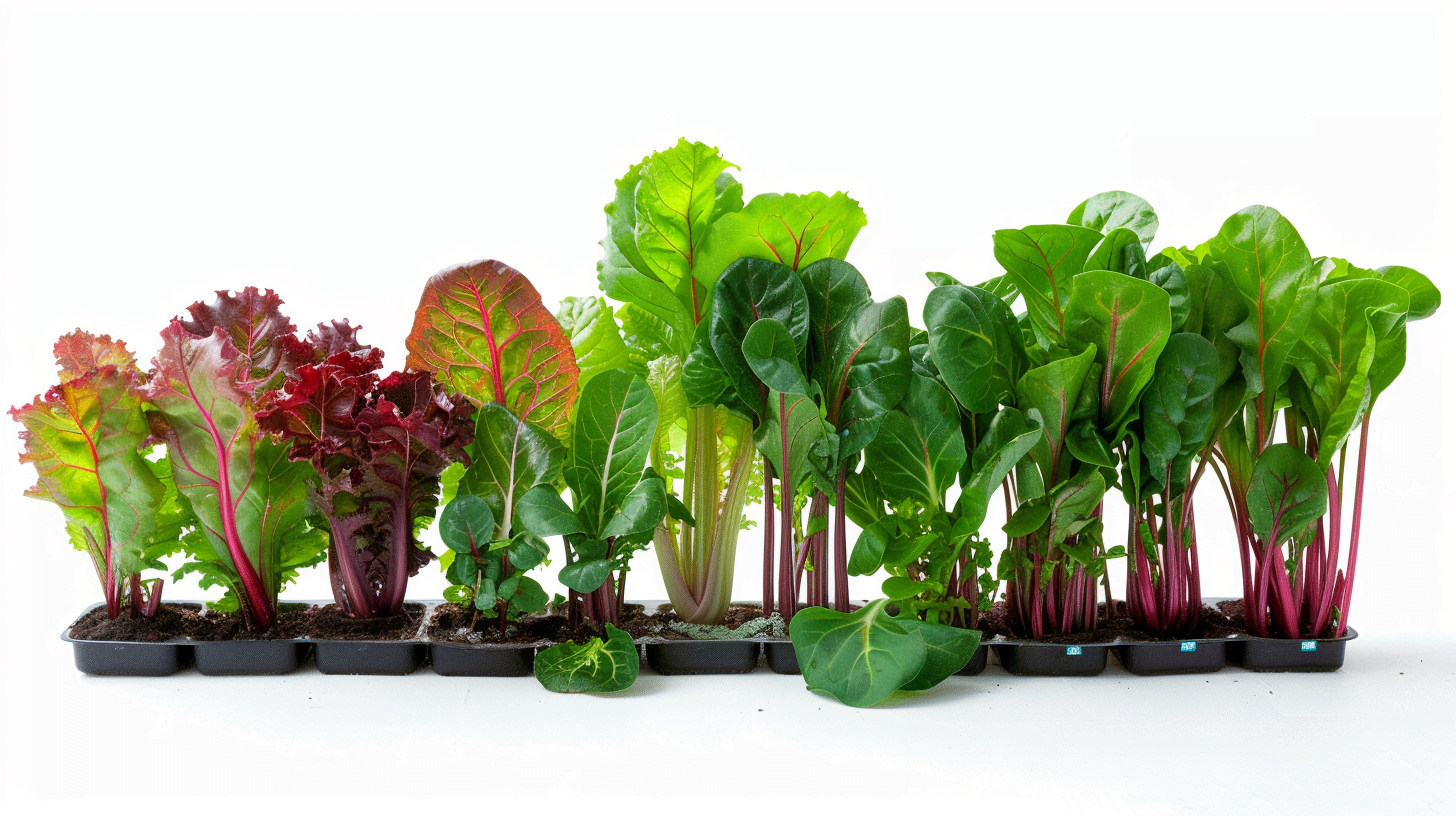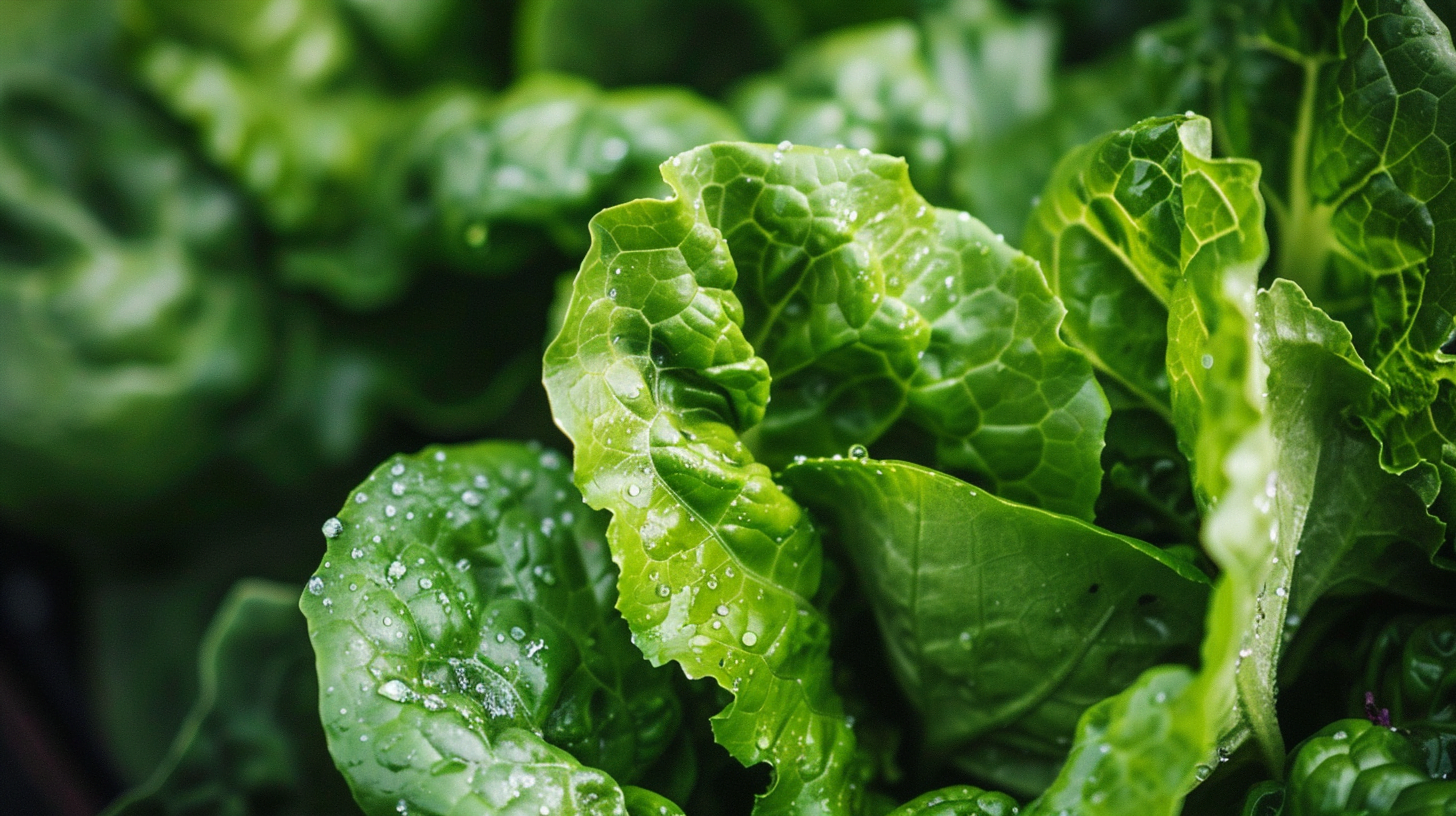Table of Contents
Introduction
Hydroponic gardening has been growing in popularity as a sustainable and highly efficient way to produce food. Hydroponics involves cultivating plants without soil, using mineral nutrient solutions in water instead. Plants grown hydroponically can achieve faster growth rates, higher yields, and healthier outcomes than conventional soil gardening.
Hydroponic systems provide the ideal conditions for growing a wide variety of vegetables, greens, and herbs indoors or in greenhouses. By controlling the plant’s nutrient intake, humidity, warmth, and light exposure, hydroponic gardeners can optimize conditions year-round for maximum production.
When selecting which vegetables to grow hydroponically, there are a few key factors to consider:
- The vegetable’s natural growth habits – Some vegetables are better suited to vertical growth methods used in hydroponics, have smaller root systems, or naturally vining/trailing habits.
- Nutrient needs – Every plant variety requires a different balance of macro and micronutrients. The hydroponic nutrient solution must be tailored to the needs of each specific crop.
- Climate considerations – Warm climate vegetables like tomatoes thrive in the controlled indoor conditions hydroponics provides. Cooler weather crops like lettuce can be grown successfully year-round as well.
In this complete guide, we will explore some of the most common hydroponically grown vegetables that flourish in hydroponic systems, as well as tips for getting started with hydroponic gardening.
How Does Hydroponic Gardening Work?
Before diving into plant choices, let’s briefly overview the mechanics of hydroponic growing. There are several methods of hydroponic gardening, but all involve a few key components:
- Grow container – This is structure containing the growing medium and plants. This could be a plastic bucket, vertical tower, or customized hydroponic system.
- Growing medium – Since no soil is used, an alternative growing material supports the plant’s roots while still allowing access to oxygen and nutrients. Common options are clay pellets, perlite, vermiculite, rockwool, coconut coir, gravel, and more.
- Nutrient solution – The hydroponic nutrient solution delivers all the essential macro and micronutrients the plants need. It can be purchased as a pre-made formula, or created yourself from chemical fertilizers.
- Water delivery system – This is the plumbing that delivers the nutrient solutions to the plant roots. Drip systems, NFT channels, deep water culture, and ebb & flow are common techniques.
- Lighting – Grow lights like LEDs provide the full light spectrum plants need to thrive indoors. Outdoors, greenhouses allow natural sunlight.
- Climate control – Hydroponic environments allow regulation of temperature, humidity, and CO2 levels to optimize growing.
With the right setup, hydroponic growing enables maximizing yields in the space available while controlling all the variables for healthy plant growth. Next let’s explore some of the top vegetables suited for hydroponic cultivation.
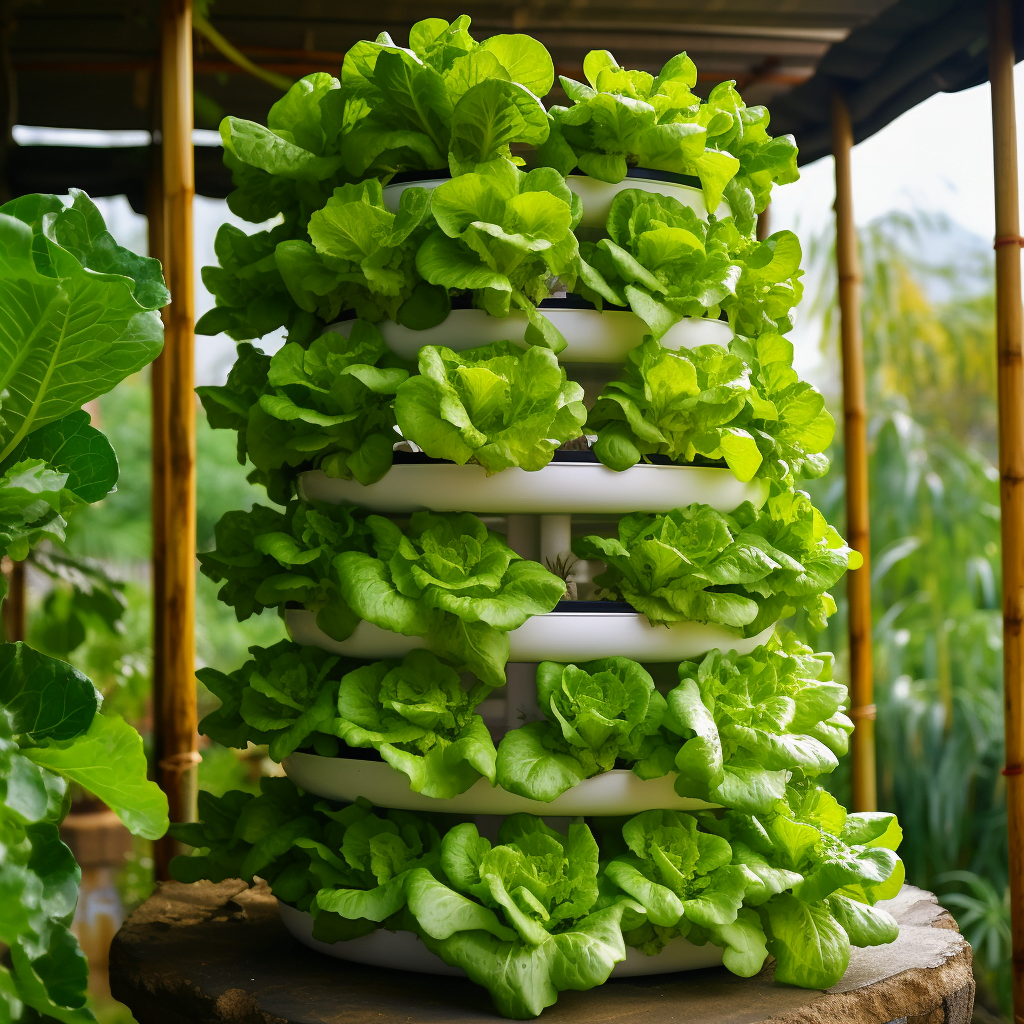
The Top Hydroponic Vegetables
Tomatoes
Tomatoes are one of the most widely grown and popular hydroponic plants. The vining varieties thrive when allowed to grow vertically supported by strings or trellises. This saves space while producing abundant harvests.
Tomatoes are a warm season crop that can be grown successfully year-round in indoor hydroponic gardens. They benefit from the controlled warm temperatures, adequate lighting, and properly balanced nutrient solutions that hydroponics provides.
Some key tips for growing tomatoes hydroponically:
- Tomatoes require added calcium, phosphorous, potassium, and magnesium for optimal fruiting. Monitor electrical conductivity (EC) and pH levels closely.
- Prune suckers and leaves moderately to focus energy on fruit production. But avoid over-pruning.
- Support vines with strings, trellises, or cages to save space while enabling abundant growth.
- Cherry, roma, and beefsteak tomatoes are particularly high-yielding hydroponic varieties. But most cultivars will thrive.
- Harvest tomatoes when fully colored but still firm. Prune the vines back after initial harvests to promote further flowering.
With the right parameters in place, hydroponic tomatoes produce impressively heavy yields and excellent flavor in compact spaces.
Lettuce
Lettuces and salad greens are a perfect crop for hydroponic growing. They have small, shallow root systems naturally adapted to absorb moisture from the air and rainfall. This makes them ideal for water-based hydroponic systems.
Lettuce can be grown year-round in indoor hydroponic setups. The controlled climate prevents bolting, allowing production of crisp, sweet lettuce even in summer heat. Hydroponic lettuce requires no transplanting shock, and reaches maturity significantly faster than soil grown varieties.
Some tips for cultivating lettuce hydroponically:
- Lettuce prefers cool conditions around 60-70°F – easy to maintain year-round indoors.
- Varieties like leaf lettuce, oakleaf, and romaine grow well hydroponically.
- Clay pebbles or perlite work great as growing media. Use net pots or vertical towers.
- Lettuce needs abundant nitrogen and iron from the nutrient solutions for lush growth.
- Grow successive plantings every 2-3 weeks for continual harvests.
- Harvest lettuce leaves individually as needed, or whole heads when mature.
With proper care and parameters, hydroponic lettuce yields are substantially higher per square foot than conventional growing.
Cucumbers
Vining cucumber plants thrive when grown hydroponically. The meandering vines can be trained vertically along supports to maximize space and light exposure for abundant yields.
Cucumbers are a warm season vegetable that grow quickly in hydro setups. Optimal temperatures around 75°F can be maintained year-round indoors. Trellising improves air circulation and light distribution compared to letting vines spread on the ground.
Some tips for growing cucumbers hydroponically:
- Cucumbers need abundant levels of potassium and magnesium for vigorous vines and plentiful fruits.
- Monitor pH closely and keep EC levels around 2.0-2.4 mS/cm range.
- Drip irrigation or NFT channels work well for delivering nutrients to roots.
- Train vines up vertical supports like trellises. Prune excess foliage for airflow.
- Pick cucumbers when 4-8 inches long for best flavor and continual harvests.
Popular varieties like Marketmore, Persian, Lemon, and Armenian cucumbers produce heavily when grown hydroponically.
Peppers
Peppers thrive in hydroponic setups. The enclosed growing area allows maintaining optimal warm temperatures around 75-80°F needed for prolific fruiting.
Growing peppers hydroponically has many advantages over conventional soil gardening:
- Earlier flowering and fruit maturity.
- Higher total yields in less space.
- Can be grown year-round for continual harvests.
- No transplant shock as seedlings are grown in net pots.
- Lower disease and pest pressure in enclosed system.
Chile peppers like jalapenos, habaneros, and Anaheim thrive hydroponically. Bell peppers and specialty varieties like shishito peppers also produce heavy yields grown hydroponically.
Monitor EC carefully as peppers are sensitive to salt buildup. Keep pH in the 5.5-6.5 range and use trellises as needed for support.
Herbs
Herbs are some of the easiest plants for hydroponic growing. Their quick growth cycles and small size make them perfect for compact hydroponic setups.
Many popular culinary herbs like basil, mint, parsley, cilantro, dill, thyme, oregano, chives, and rosemary flourish in hydroponic systems. Even perennial herbs will grow year-round with the controlled conditions hydroponics provides.
Reasons herbs do so well hydroponically:
- Fast growth allows continual harvests.
- Higher yields compared to soil gardening.
- Extended seasonal production is possible.
- Convenient kitchen access!
Herbs can be grown in smaller vertical systems or windowsill setups to save space. Focus on good drainage and air circulation. Prune herbs frequently to encourage bushy growth.
Selecting Your Hydroponic System
One of the keys to success with hydroponic gardening is choosing the right growing system for your space, plants, and skill level. Here is an overview of some of the most popular hydroponic system types:
Deep Water Culture (DWC)
Deep water culture systems involve suspending plants in buckets or tanks with the plant roots fully immersed in the nutrient solution. Air pumps oxygenate the water. Simple, low-maintenance method suited for lettuce, herbs, and larger plants.
Nutrient Film Technique (NFT)
NFT systems feature sloped narrow channels. A thin film of nutrient solution runs through the channels continuously, with plant roots suspended directly in the flow. Well suited for lettuce, greens, tomatoes, and herbs.
Wick Systems
A passive system using wicks or cotton ropes to transport nutrient solutions to the plant’s roots from a reservoir. Low-tech option good for herbs, greens, and strawberries.
Ebb & Flow (Flood and Drain)
In ebb & flow systems, plants sit in an empty tray. The nutrient solution floods the tray periodically, then drains back to the reservoir after plants have absorbed what they need. Great for tomatoes, cucumbers, peppers, and seedlings.
Drip Systems
A drip system uses a network of tubes, emitters, and timers to deliver nutrient solution to each plant’s roots individually. Allows very precise control. Good for commercial systems.
Aeroponics
Plants are suspended with roots exposed to mist sprayed from nozzles. No growing media is used. High oxygen levels promote rapid growth. More complex but good for lettuce, herbs, and leafy greens.
There are many other hydroponic techniques like vertical towers, raft systems, and hybrid methods. The right choice depends on your goals, space, plants, and budget. Modular systems allow expanding over time.
Growing Media for Hydroponics
While hydroponic systems don’t use soil, plants still need a growing media to support the roots and stem. There are many suitable materials that offer both water retention and drainage capabilities.
Popular growing media choices include:
- Clay pellets – Made from baked clay, these porous pellets provide excellent drainage and airflow. They are reusable and hydroponically optimized. Can be too heavy for vertical setups.
- Rockwool – Spun rock fibers formed into cubes or blocks. Needs presoaking but then absorbs moisture well. Reusable. Can be combined with pellets.
- Perlite – Small white volcanic glass pellets. Lightweight and holds moisture well. Especially good for seedling germination.
- Vermiculite – Lightweight mineral that absorbs and holds moisture while allowing great drainage. Versatile option.
- Coconut coir – Made from coconut husks, coir offers good moisture retention. A renewable and sustainable choice. May need added perlite for drainage.
- Gravel – A cheap and simple option. Adds weight for stability but ensure adequate drainage. Needs cleaning between uses.
Experiment to see which growing media best suits each particular crop. Blending materials like perlite and vermiculite with coconut coir improves moisture retention and drainage.
Nutrient Solutions for Hydroponics
Since plants grown hydroponically rely completely on the nutrient solutions delivered to their roots, getting your nutrients right is crucial for success.
There are two primary options for providing essential nutrients:
- Pre-made solutions – Available in one or two-part formulas, these are premixed concentrated solutions. Just add water per instructions. Highest convenience but less control.
- DIY mixes – You can mix your own nutrient blends using various chemical salts. Takes more work but allows customization.
Some key tips for hydroponic nutrients:
- Follow manufacturer instructions for mixing and dosing. More is not better.
- Lettuce, herbs, and leafy greens need more nitrogen. Fruiting plants need more potassium and phosphorous.
- Check electrical conductivity (EC) and pH routinely. Keep pH between 5.5-6.5.
- Use separate vegetative vs. flowering formulas for multi-stage plants.
- Add cal-mag (calcium/magnesium) supplements as needed.
- Refill nutrient solution regularly as plants consume it.
Monitoring your hydroponic nutrient solutions frequently prevents issues and ensures plants have exactly what they need throughout their growth.
Maintaining Your Hydroponic Garden
Hydroponic systems allow a level of control over growing conditions unmatched in soil gardening. But they do require routine maintenance and monitoring for optimal results.
Here are some key tasks for keeping your hydroponic garden thriving:
- Check pH/EC levels – Test and adjust nutrient solutions regularly. Target pH around 5.8-6.2 for most plants.
- Top off water – Add back fresh water as needed to maintain water levels.
- Clean equipment – Keep growing chambers, reservoirs, and hardware clean.
- Monitor roots – Healthy white roots indicate proper conditions. Discoloration shows issues.
- Manage climate – Maintain ideal temp, humidity, and airflow for each variety.
- Prune and trellis – Prune leaves or vines as needed for light and airflow. Trellis vining plants.
- Prevent algae – Use opaque reservoirs and pipe covers. Limit light exposure.
- Watch for pests – Isolate plants if issues emerge to prevent spreading.
Routine system maintenance keeps nutrients flowing and plants thriving.
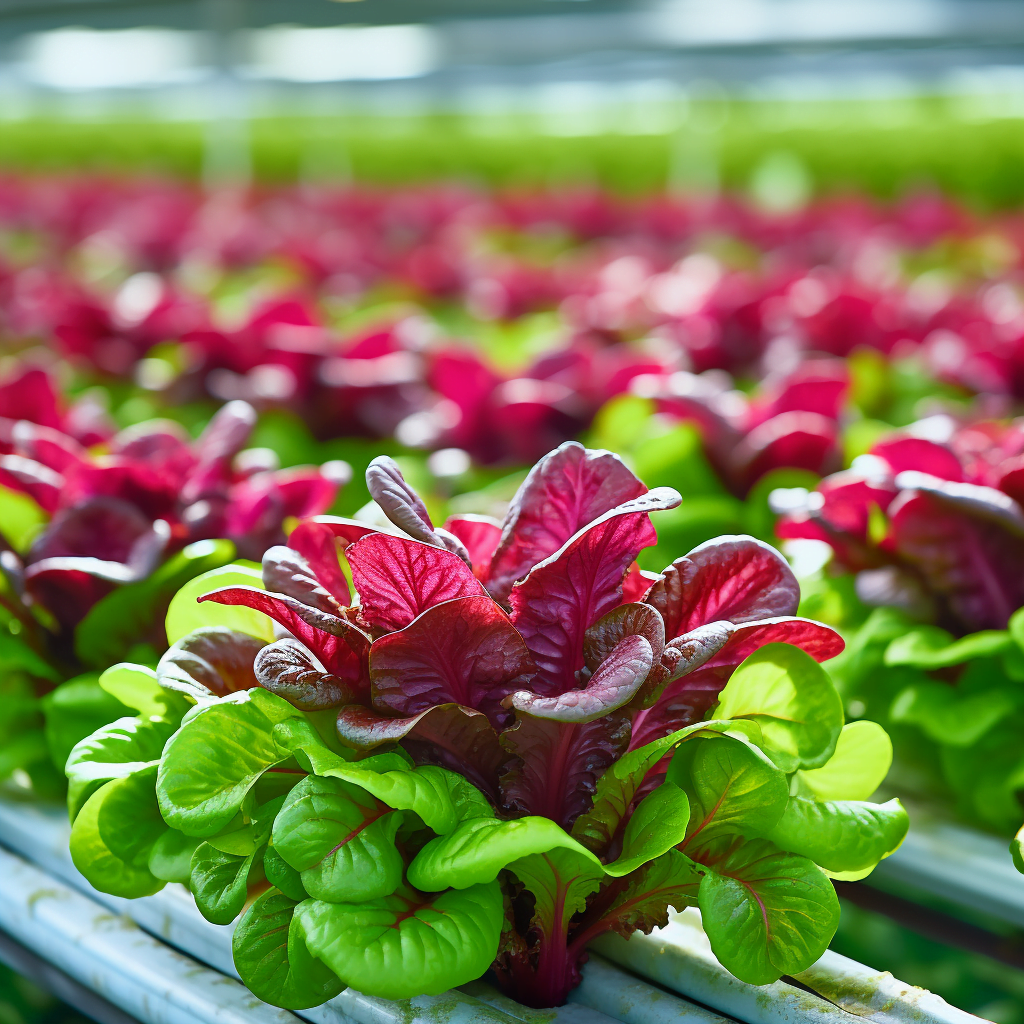
Harvesting from a Hydroponic Garden
Your hydroponically grown vegetables will mature faster and produce higher yields than conventional gardening. Here are some tips for harvesting:
- Leafy greens can be harvested continually by picking outer leaves. Cut romaine heads at base.
- Herbs can be harvested often by cutting above leaf nodes to encourage branching.
- Fruiting vegetables like tomatoes and peppers can be picked when full size and fully colored but still firm.
- Cucumbers and zucchini should be harvested when 4-8 inches for best flavor. Don’t allow to over mature.
- Leave the plant’s roots, stems and some leaves after harvesting fruiting vegetables to allow continued production.
- Use scissors or pruning shears for clean cuts that won’t damage plants.
- Check plants daily and harvest frequently for continual productivity.
With optimal conditions and attentive care, your hydroponic vegetables will provide bountiful harvests!
Final Thoughts on Hydroponic Gardening
Growing vegetables, herbs, greens, and more in hydroponic systems offers many advantages over traditional gardening:
- Higher total yields in limited space
- Faster maturation rates for plants
- Crops can be grown year-round indoors
- Reduced disease/pest pressure
- Full control over plant nutrients and conditions
- Efficient use of water compared to soil farming
With some planning, an effective system, proper nutrients, and routine maintenance, hydroponic cultivation can produce impressive results. The ability to grow fresh produce year-round makes home hydroponic gardens highly rewarding. Try growing some of the vegetables covered here to see the benefits of hydroponic gardening firsthand!
